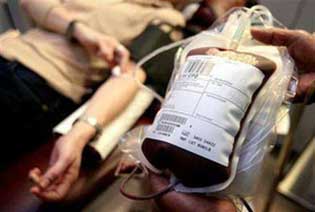
By Nitish Rajpurohit
'I lead India'
is a recently made popular initiative by Times of India to channelize
youth brigade in small groups in 26 cities across the country and bring
about a change at grass-root level. While it is no doubt a great step,
taken to give the youth a chance to solve a few grass-root problems of
their city and stop being bogged down by the recent flood of negativity...













